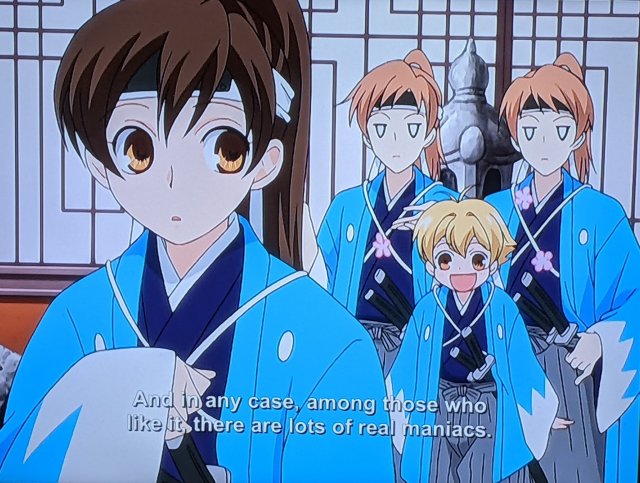I don't have the patience, precision, or practice for fiber arts, but I love them in theory. When I worked at the living history farm, all my skeins of yarn were so bad I got to keep them rather than having to sell them in the museum store, but I kept spinning yarn anyway. The same goes for natural dyes. I've never been able to get the result I want, but that hasn't stopped me from playing around.
My first attempts at dyeing were at the farm, in a big pot outside over a fire. "You can pick any color you want but pink," my co-worker said when we offered to dye his socks. We tried madder root, but something was off either in our dye bath or the material of his socks, and instead of a rusty red, he ended up with... well... pinky salmon. (In hindsight, I'm not sure we used a mordant...) I got a do-over with madder when I worked at the parks and was in charge of the heritage skills event. I dyed some of my old yarn a beautiful, deep orange, and with that success under my belt, I turned my sights on cochineal.
If you're into nonfiction, I highly recommend A Perfect Red: Empire, Espionage, and the Quest for the Color of Desire by Amy Butler Greenfield. Cochineal was always fun to talk about at the farm because you got to shock people by telling them it was in their modern cosmetics and food (it's a dried beetle), but this book made me want to know it first hand. I ordered some, crushed it with a mortar and pestle, dropped it in the bath... AND DO YOU KNOW WHAT COLOR I GOT? Well. I got pink. Because plants/animals have so many different chemical compounds, the way they react to their environment is highly variable. The type of pot, the type of mordant, whether the water is soft or hard, etc. etc. All of that can change the tones and shades you get out of your dyestuff. I never fully mastered cochineal before I was unceremoniously laid off during the pandemic, but when my friend went to Mexico, she shared a video with me of an artisan working with cochineal that got me closer to red. Fun fact: make the dyebath more acidic and you get a more vibrant red; make it more basic and it veers toward purple. Another fun fact: I think cochineal smells kind of sweet and pleasant when it's simmering.
(There was an interlude around the same time where I also experimented with making my own black walnut ink, but it weirdly didn't coincide with my era of making my own quill pens, so it didn't yield too many exciting results. I'm pretty sure I left the remaining ink in my old office after they...you know, you know...)
Anyway, this is all to preface the main point of this entry, which is to say that my new natural dye adventure has been in indigo. Synthetic aniline dyes are molecularly identical to natural indigo and more widespread, so most of my past experience has either been natural indigo as an overdye (on things like onion skins or goldenrod to brighten/deepen the green) or synthetic dye kits. I used a dye kit with one group of kids in summer camp, and we made a lot of mistakes. I was too ginger with the vat, so afraid of allowing oxygen in that I didn't let the kids massage the dye into their pieces or soak them for long. (And then I dried them in the sun, oops.) I also didn't realize how non-aggressive indigo is as a dye. It doesn't penetrate more than the first layers of a fiber, so when your ties/folds are too tight, only the parts that touch the dye directly will be blue, and the rest will be white. This allows for some cool stuff to happen with block patterns, but it can also lead to major disappointment when you go to unwrap your bundle.
Today, I taught an adult workshop with a vat of natural indigo (from Dyer's Knotweed, which doesn't have as high a concentration of indican in the leaves as True Indigo, but can be grown in our general region), and I've been really stressed about it for weeks. Not only is working with natural indigo a more difficult process than a synthetic kit, I'm still in the learning/experimenting stages, so I don't have the consistency of a master dyer. There's so much that can go wrong, and adult learners tend to have high expectations for themselves, which can be easily disappointed. (Hello, I am an adult learner.) To mitigate some of these expectations but still encourage them to have fun, I set the price of the class low, I was open about being a newbie myself, and I framed the class as an opportunity to (essentially) fuck around and find out. I think some of them still had higher expectations than I would have liked, but I really emphasized that, no matter what happened, this would to prepare them for success if they ever took a class with a master dyer or if they want to try a kit at home.
Even still, I've been nervous ever since they took their pieces home this afternoon. Because the classroom only had two sinks, I gave them instructions to do the final untying and rinsing at home and asked them to send pictures when they were finished. I still had a relatively healthy vat after they left, so I quickly threw together two dye bundles for myself, but neither of them turned out well! I know a few of the class participants used similar techniques, so I've been worried that I accidentally misled them. Immediately, I understood why what I tried hadn't worked, and I wish I'd been clearer about the fact that indigo literally only dyes what it touches. If anything is clumped or scrunched too far inside the outer folds, it will be blocked from the dye. Every time this happens, I think: I should try dipping a gradient pattern with no ties. And every time I forget until the next time. (Alas...)
My friend, Emily, is an artist who often teaches adult workshops, and she saw me panicking on social media and sent me the sweetest message about a time she tried something with an adult class that didn't work perfectly. She reminded me that persisting through disappointment is an important part of learning and improving when you're a beginner, so any experience, whether it's successful or not, is valuable. I've been struggling with negativity and perfectionism a lot (this week has been especially hard), so this was a good call back to what matters.
Okay, well, I've been up since 4:30 a.m. (to prep the dye vat and give it time to mature before the class), so I'm going to bring this to a close. If you want to hear more about the actual process of dyeing with indigo or some cool indigo facts, let me know! It's antimicrobial! It's an insect repellant! Okay, okay, okay... I really will stop now...
(Just kidding! One more... This was one of my favorite sources I stumbled across, and I can't wait to go back and read it more carefully. Alaro: Indigo & the Power of Women in Yorubaland by Stephen Hamilton )
I could go on... :)



